The best Thunderbolt 4 hubs and docking stations are slowly taking over for the best Thunderbolt 3 docks thanks to much better performance and compatibility with many other interfaces. Even if you have a PC with Thunderbolt 3, USB4, or USB-C, many of these docks will provide extra ports. Thunderbolt 4 is still emerging, so hardware is limited. Let's take a look at some of the best Thunderbolt 4 hubs and docks out there.
Best overall hub: CalDigit Element Hub
The CalDigit Element Hub is made by the same company that makes the formidable CalDigit TS3 Plus Thunderbolt 3 dock, our pick for the overall best laptop docking station. The Element hub is sized smaller and priced lower than some of the other Thunderbolt 4 options, making it a good choice if you lack space on your desktop. It does require a substantial AC adapter, so don't expect to take it with you on the road without quite a bit of bulk.
The host laptop plugs into the side of the dock and opens up seven extra ports. The front edge is four USB-A 3.2 (Gen 2) with 10Gbps speeds and 7.5W of charging power. The back edge holds the AC input and three Thunderbolt 4 ports with 40Gbps speeds and 15W of charging power. While connected, note that the host laptop will receive up to 60W charging power when needed.
You can daisy-chain the Element hub with a larger dock (like the TS3 Plus) for even more ports, and the reversible design gives you extra options for desk setup. As for monitor support, the Element hub handles up to dual 4K displays at 60Hz in both extended or mirror modes, single 8K display at 30Hz, or 5K Thunderbolt display at 60Hz. And if you're connecting high-speed external storage, expect read speeds up to 3,000MB/s.
As long as you're not searching for a wide variety of ports and want to add USB-A and Thunderbolt 4, this is a great dock that isn't as expensive as many of the other options. The Element hub is currently sold out everywhere, but you can add it to a wish list on the official CalDigit website.
Have a look at our CalDigit Element Hub review for a closer look at this great accessory.
Pros:
- Adds four USB-A 3.2 (Gen 2)
- Adds three Thunderbolt 4
- Durable aluminum design
- More affordable price
- Compact size
Cons:
- No Ethernet
- No SD card readers
- Sizeable AC adapter makes it hard to travel with
Best overall hub
CalDigit Element Hub
$250 at Amazon (stock and price may vary)
The CalDigit Element Hub is a great little Thunderbolt 4 hub for anyone who wants to add USB-A and Thunderbolt 4 ports to their PC without taking up a lot of space.
Best overall dock: Razer Thunderbolt 4 Dock Chroma
Razer seems to have a version of just about any peripheral you can think of, including a Thunderbolt 4 dock. And true to Razer's vision, it's a high-performance option that's soaked with RGB. Yes, even your docking station can have a sweet Chroma underglow to make your office look that much cooler.
The dock follows nearly the same port setup as the other full-size docks in this collection, though it drops the wimpy USB-A 2.0 port on the front. Connecting with Thunderbolt 4, you get access to three downstream Thunderbolt 4 ports, 3.5mm audio jack, a UHS-II SD card reader, three USB-A 3.2 (Gen 2), and up to 90W charging power to the host. If the regular black color doesn't suit your setup, there's also a Mercury option now available.
Razer's Chroma RGB syncs up with your other compatible accessories and offers 16.8 million colors for you to mess around with. Note that the dock has a relatively short one-year warranty. Be sure to have a look at our Razer Thunderbolt 4 Dock Chroma review for an in-depth look at what makes this our top choice for a TB4 docking station.
Pros:
- Fancy RGB underglow lighting
- Three downstream Thunderbolt 4
- Black finish might be better suited to some desks
- Dual 4K @ 60Hz display support
- Up to 90W charging power to host
Cons:
- One fewer USB-A port than other picks
- Expensive
- One-year warranty
Best overall dock
Razer Thunderbolt 4 Dock Chroma
$330 at Amazon (stock and price may vary)
Want a powerful Thunderbolt 4 dock to match the rest of your gaming gear? Leave it to Razer to add RGB lighting.
Also great: Kensington SD5700T
Kensington is another leading company in the world of hubs and docking stations. Its SD5700T Thunderbolt 4 dock is a great choice if you're looking for a permanent solution and have ample space on your desk. It's a bit larger than the Element hub, but it adds a better mix of ports. If you need Ethernet, a UHS-II SD card reader, or a 3.5mm audio jack, this dock is no doubt going to make a great choice.
It connects to the host with Thunderbolt 4 and adds 10 ports, including one USB-A 2.0, three USB-A 3.2 (Gen 2), and three downstream Thunderbolt 4. You can get up to 90W charging power back to the laptop (great for PCs with dedicated GPUs that require more power), and there's support for a single 8K display at 30Hz or dual 4K displays at 60Hz.
For some extra security, the dock includes a Kensington lock slot and a Kensington Nano lock slot. And if you don't want to keep the aluminum dock on your desk, there are mounting solutions available. Be sure to have a look at our Kensington SD5700T review for a closer look at this excellent dock.
There is also an SD5750T designed specifically for the newest Surface PCs, including the Surface Pro 8 and Surface Laptop Studio. This is a strong option if you've invested in the latest from Microsoft.
Pros:
- Three-year warranty
- Up to 90W host charging power
- SD card reader and Ethernet included
- Three downstream TB4 ports
- Can be mounted
Cons:
- Costs more
- Takes up more desk space
Also great
Kensington SD5700T
$397 at Amazon (stock and price may vary)
Need a better variety of ports? Don't mind a dock that's a bit larger and costs a bit more? The Kensington SD5700T should be considered. Check out the SD5750T model if you're working with new Surface products.
Good value: OWC Thunderbolt Dock
OWC's Thunderbolt Dock is in many ways almost identical to Kensington's SD5700T, right down to port selection, port layout, and lock slots. A big difference, however, is the price. The OWC version costs about $279, while the SD5700T costs around $370. Why the price discrepancy? OWC's dock has a lot more plastic and a shorter two-year warranty. If those things don't matter, you're going to get the same connectivity for a lot less money.
The dock connects to the host laptop with Thunderbolt 4 and provides up to 90W charging power. There's a USB-A 2.0 port on the front, flanked by a UHS-II SD card reader and 3.5mm audio jack. The back edge has three downstream Thunderbolt 4, Ethernet, three USB-A 3.2 (Gen 2), and the AC hookup. It will handle dual 4K displays at a 60Hz refresh rate or a single 8K display at 30Hz.
A Kensington lock slot and Kensington Nano lock slot are included on the side. The first production run of this dock sold out fast, but there are more docks on the way. You can preorder now from the OWC website.
Pros:
- Cheaper than other options
- Great port variety
- Up to 90W host charging
- Lock slots included
Cons:
- Shorter two-year warranty
- More plastic
Good value
OWC Thunderbolt 4 Dock
Want generous port variety without paying as much as possible? OWC's Thunderbolt Dock is probably what you're looking for.
Bottom line
The best Thunderbolt 4 hubs and docks all provide robust external monitor support, lots of USB-A connectivity, and charging back to a host laptop. If you need an SD card reader or an Ethernet port, the full-size docks are no doubt going to be a better choice. The Razer Thunderbolt 4 Dock Chroma is our top pick in that regard.
But if you don't want to go with a full-size option and instead need to add USB-A ports and downstream Thunderbolt 4, the compact CalDigit Element Hub is your best choice. It costs less than the other options, it still supports external monitors, and you can daisy-chain with other docks if you need even more connectivity.
If Thunderbolt 4 isn't really what you're looking for, be sure to check out our collection of the best Thunderbolt 3 docks for more buying options. And for more information about the future of connectivity, have a look at our guide to Thunderbolt 4 vs. Thunderbolt 3 vs. USB4 vs. USB 3.
Credits — The team that worked on this guide
Cale Hunt is a staff writer at Windows Central. He focuses mainly on PC, laptop, accessory coverage, and the emerging world of VR. He is an avid PC gamer and multi-platform user and spends most of his time either tinkering with or writing about tech.
Daniel Rubino is the executive editor of Windows Central. He has been covering Microsoft since 2009, back when this site was called WMExperts (and later Windows Phone Central). His interests include Windows, Surface, HoloLens, Xbox, and future computing visions. Follow him on Twitter: @daniel_rubino.

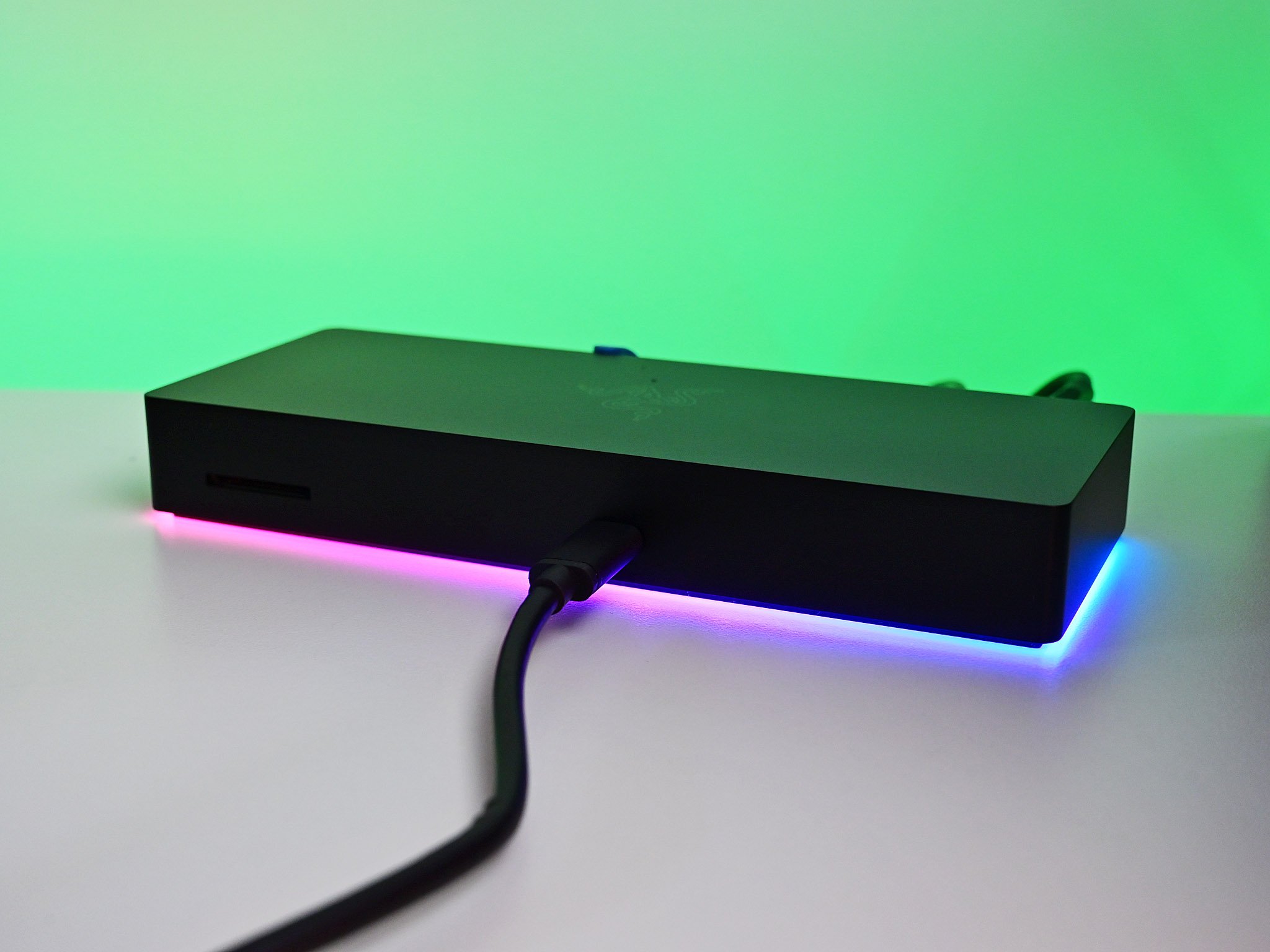
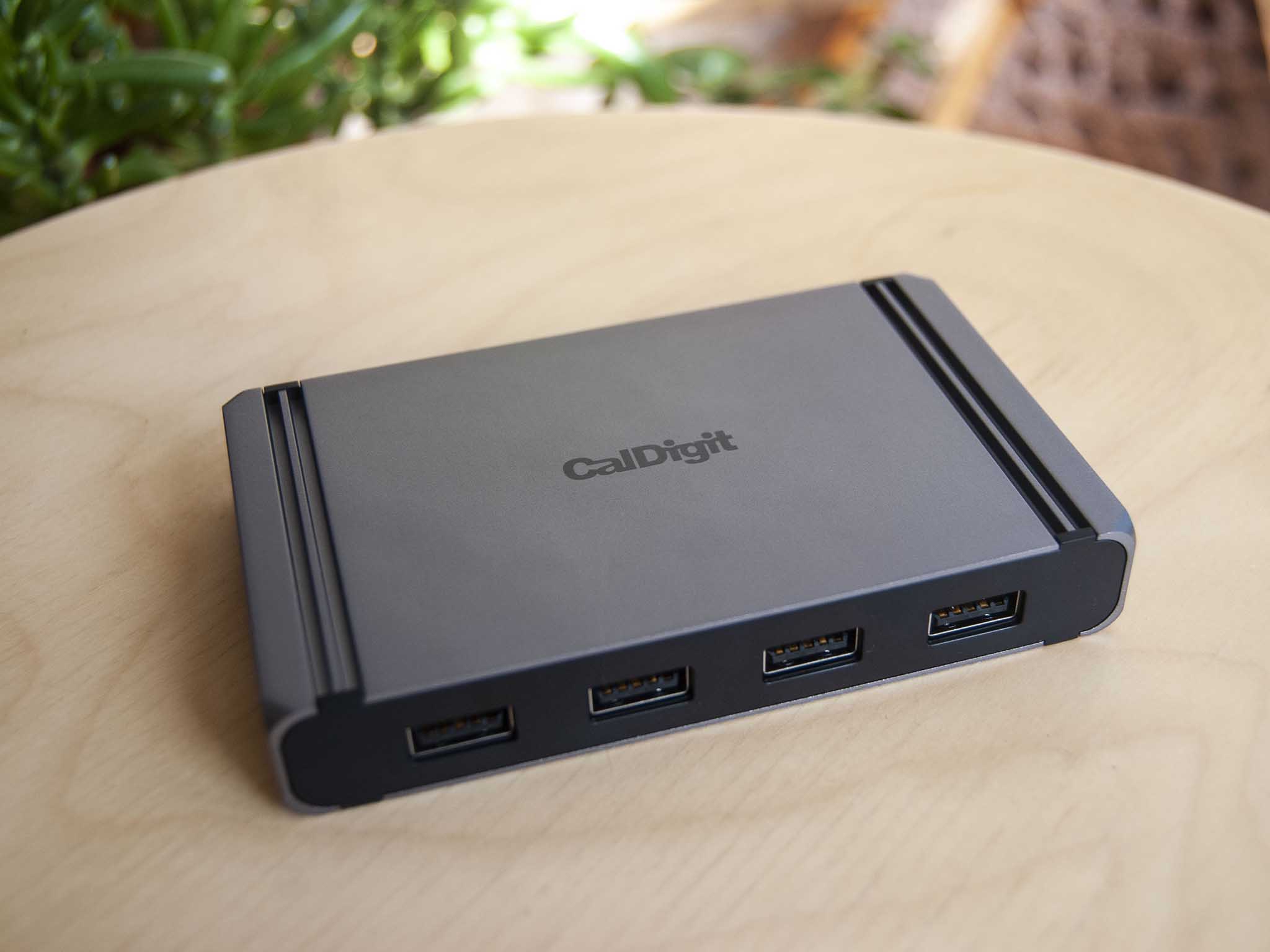
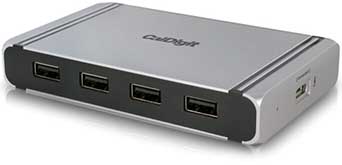
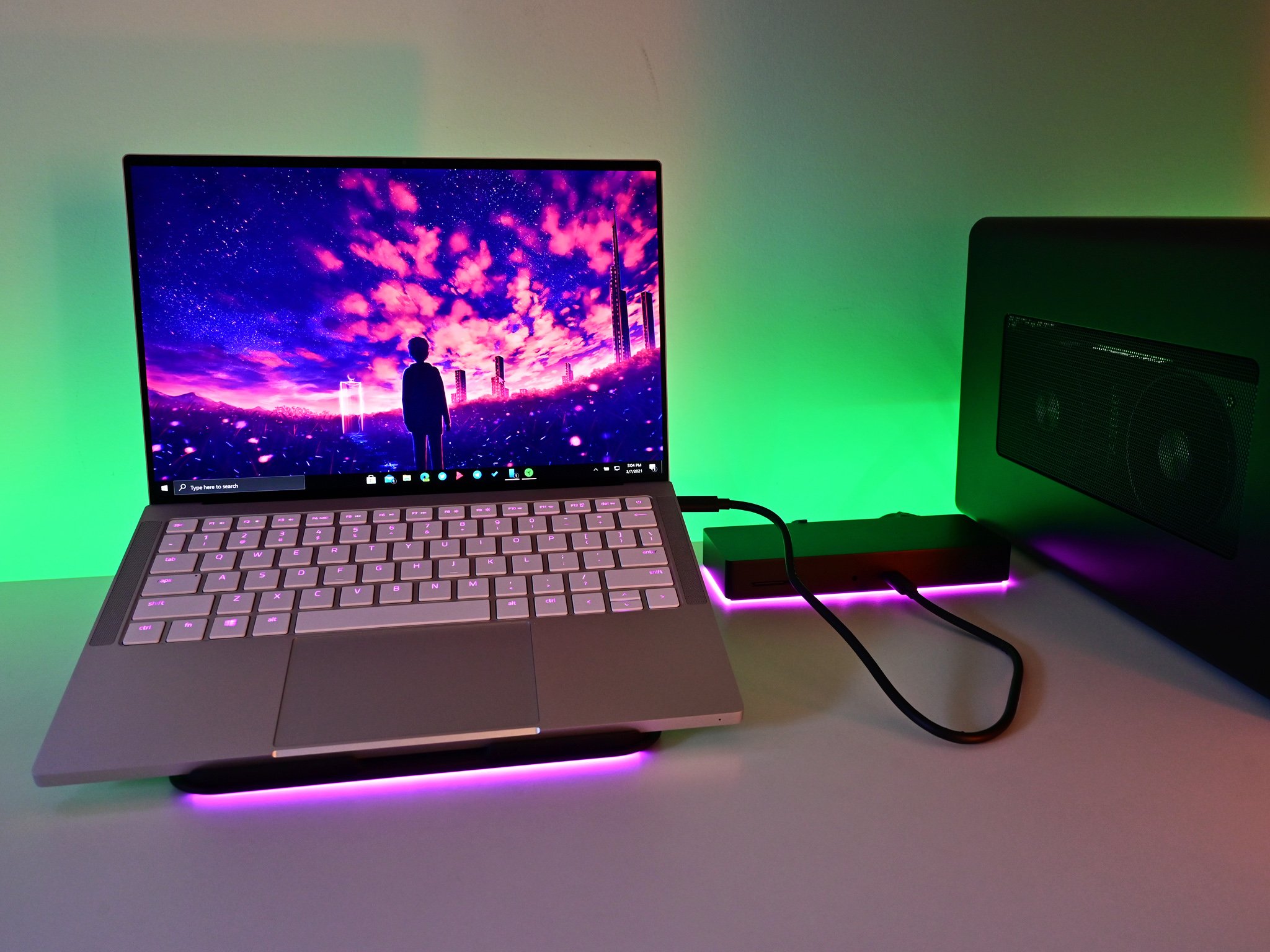
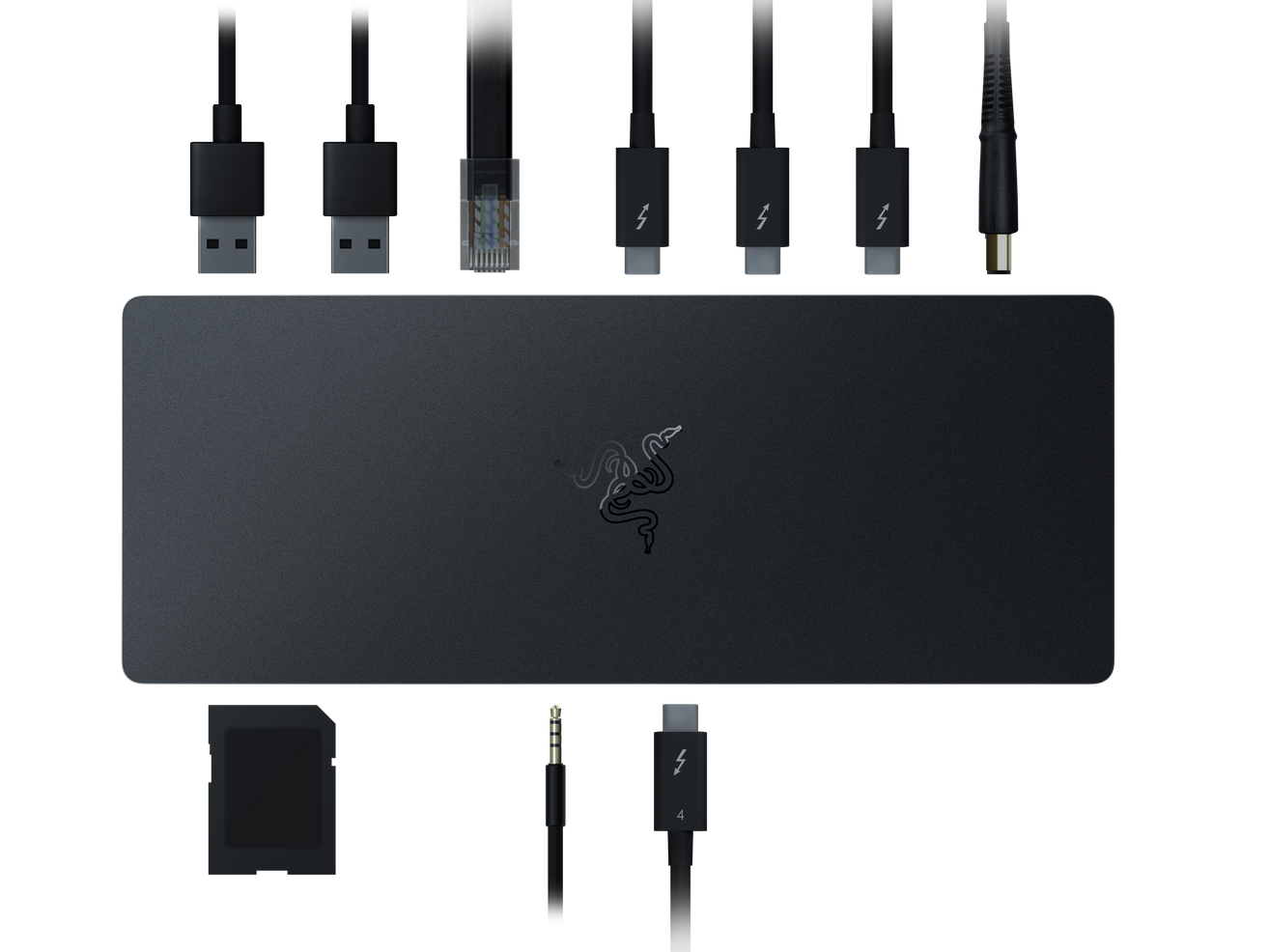
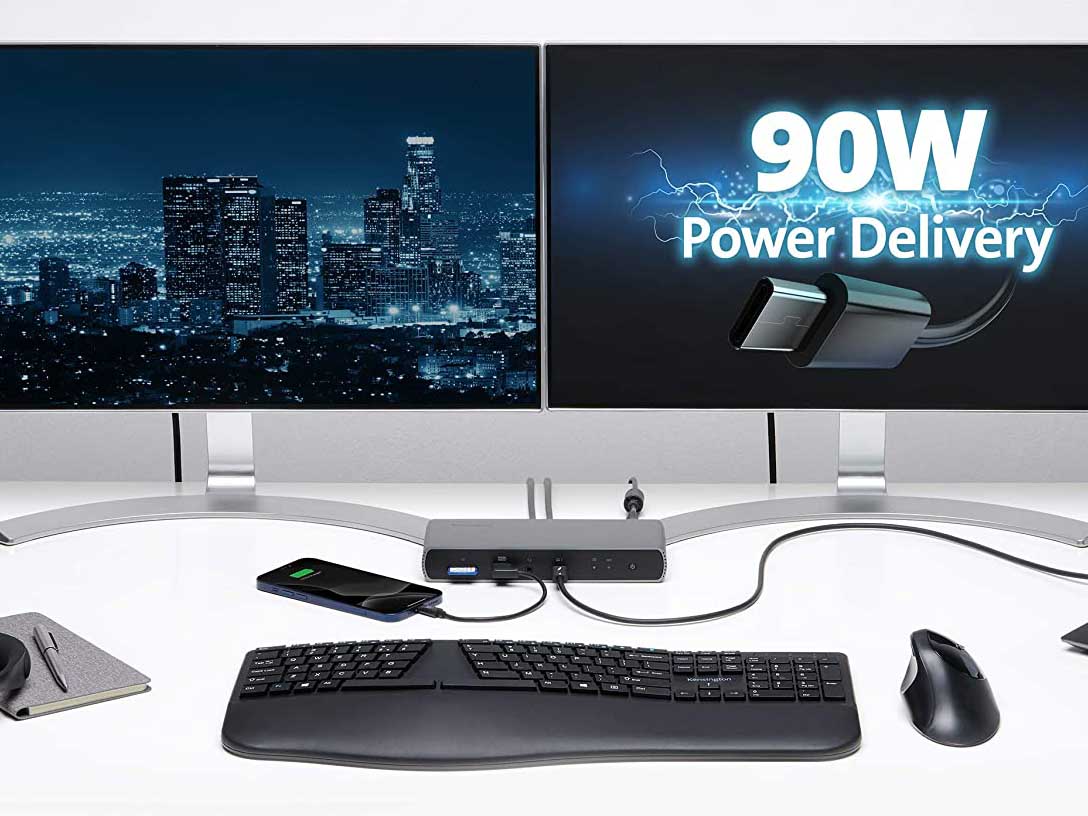
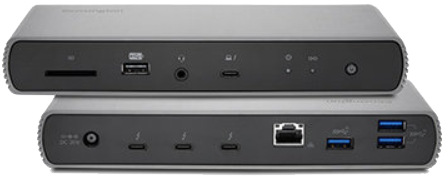
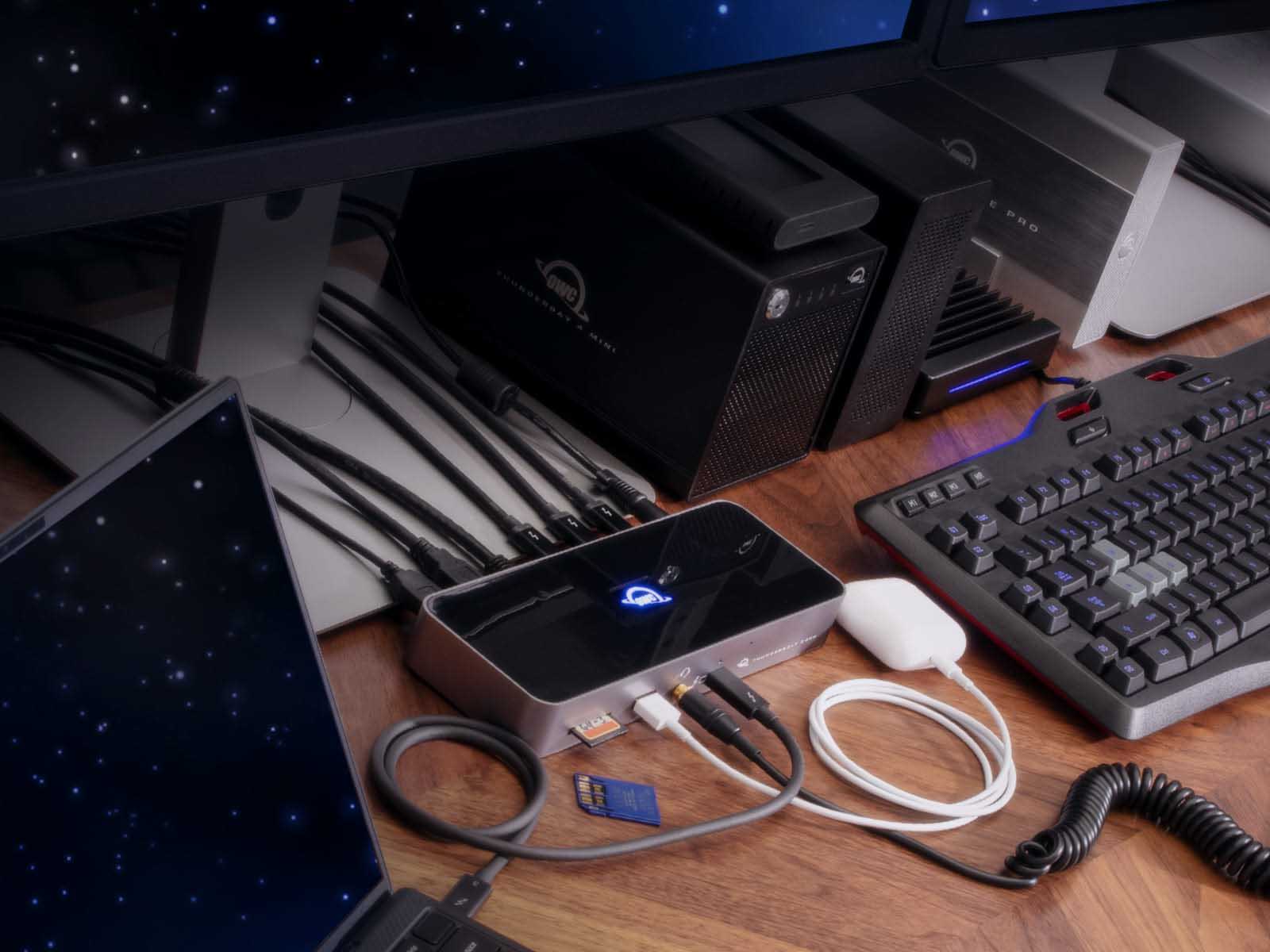
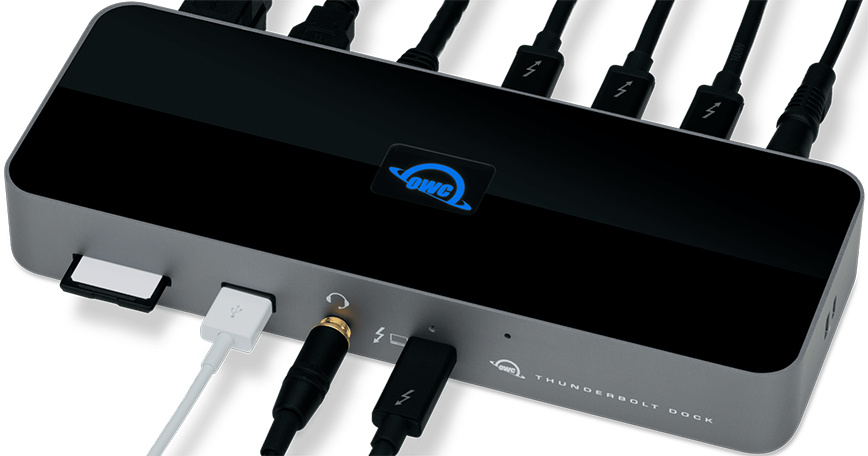





0 comments:
Post a Comment